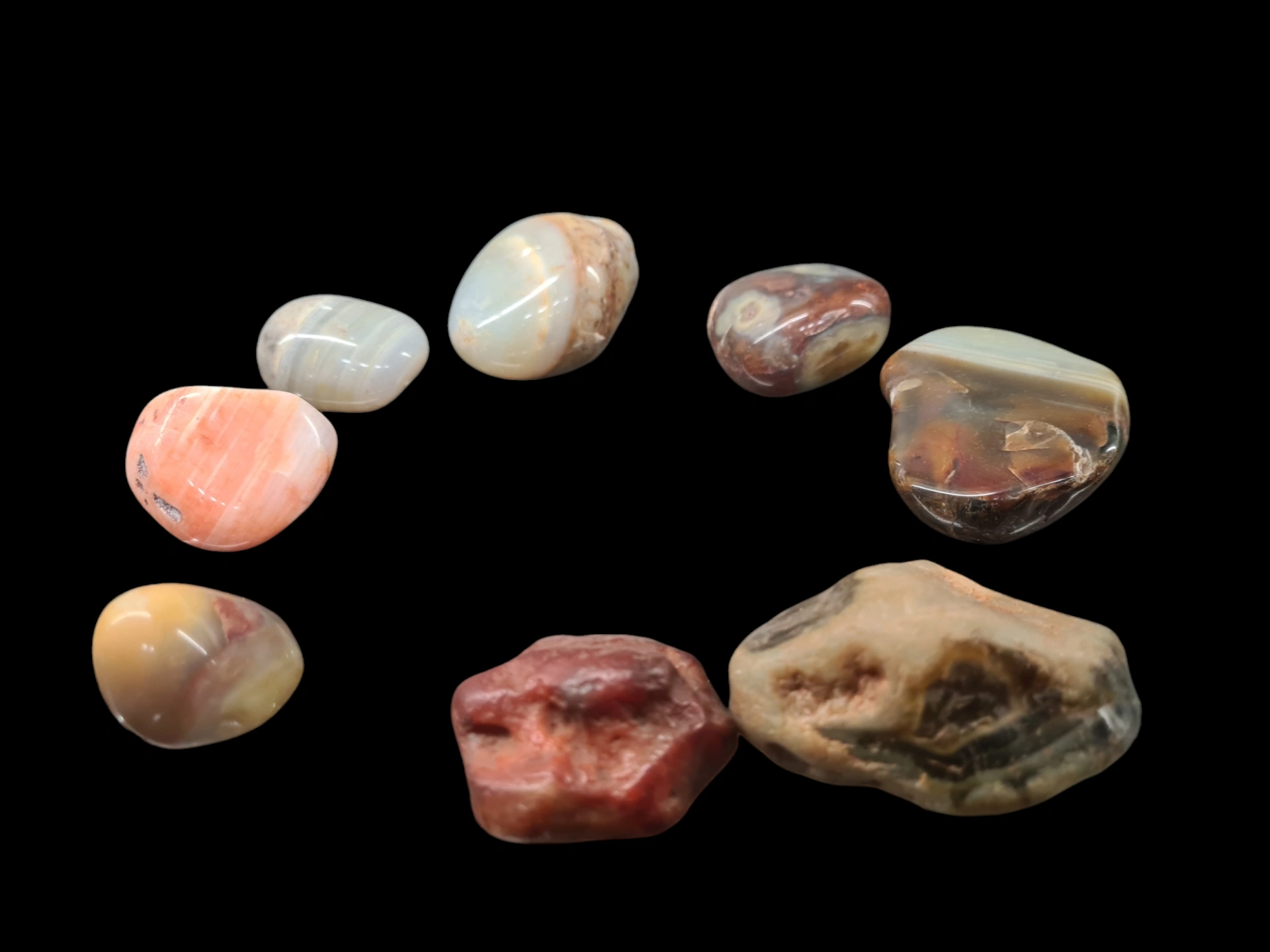Warrumbungle Volcano
Coonabarabran’s much younger Warrumbungle volcano erupted up through the bed of Pilliga sandstone. At the time of eruption, the large tectonic plate carrying the Australian continent moved over a hot spot in the upper mantle, just below the earth’s crust. This set off a series of volcanic eruptions in this area that lasted for approximately 3 million years. The Warrumbungle Volcano was a complex shield volcano. Sheild volcanoes are characterised by having many vents. Over 100 vents have been identified within the Warrumbungle National Park alone, which was the center and perhaps less than half of the whole area of the volcanics. The initial lava was rich in silica and thick and as a result there was nowhere for any crystals to grow. With the lava being so thick the vents just oozed up through the sandstone to form plugs which than sealed the vents. Dykes than formed when the lava under increased pressure oozed up through cracks around these plugs.
As the hot spot become weaker a later eruption produced thinner lava which flowed over the earlier eruptions to form a shield. This has now mostly eroded into the surrounding black soils and exposing the earlier eruptions.
It is also unusual for the variety of different minerals to occur within the various plugs and vents (in most cases lava contains the same minerals). Within the Warrumbungle ranges, sapphires, rhyolite, small amounts of gold, opal and olivine have been discovered. However, it hasn’t weathered down enough for us to uncover most of it.
Gallery

Fused earth
Stellerite

Calcedony
heulendite

Hematite
Hematite is a common iron oxide compound with the formula, Fe2O3

Dentrites
d

Eucalyptus
Leaves and fruit or nut.

Hepalid Caterpillars
Killed by a fungus of the cordyceps species. They are not fossils yet, they are only mummified.

Chert
Chert is a hard, fine-grained sedimentary rock composed of microcrystalline or cryptocrystalline quartz, the mineral form of silicon dioxide (SiO2). Chert is characteristically of biological origin, but may also occur inorganically as a chemical precipitate or a diagenetic replacement, as in petrified wood.

Nothofagus moorei leaves in volcanic ash
Leaves fossilised in volcanic ash. Nothofagus moorei, commonly known as Antarctic beech, is an important ancient Gondwanan relict of the rainforests of the southern hemisphere. It can still be found growing in wet, fire-free areas at high altitude in eastern Australia.

Agate
Agate is a variety of chalcedony, which comes in a wide variety of colours. Agates are primarily formed within volcanic and metamorphic rocks.

Ironstone concretions
Ironstone is a sedimentary rock, either deposited directly as a ferruginous sediment or created by chemical replacement, that contains a substantial proportion of an iron ore compound from which iron (Fe).

Petrified wood
Petrified wood is the name given to the fossilised remains of vegetation. Petrifaction is the result of a tree or tree-like plants having been replaced by stone via a mineralisation process. The organic materials making up cell walls have been replicated with minerals (mostly silica in the form of opal, chalcedony, or quartz). In some instances, the original structure of the stem tissue may be partially retained. Unlike other plant fossils, which are typically impressions or compressions, petrified wood is a three-dimensional representation of the original organic material.












